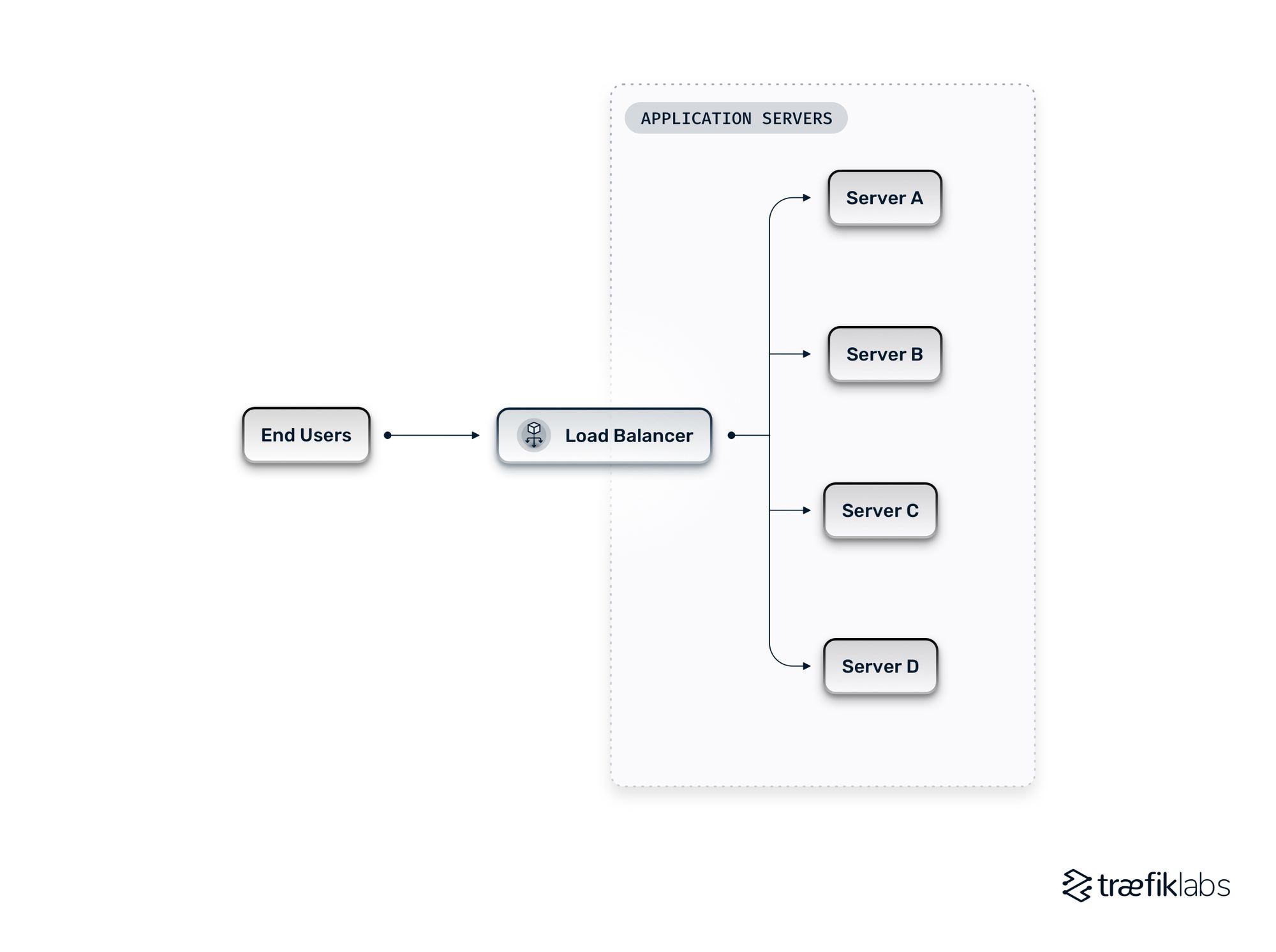What Is The Load Length For A 26 Foot Box Truck? Unpacking the Dimensions That Matter cars.truckstrend.com
When it comes to logistics, moving, or freight transport, understanding the exact dimensions of your vehicle is paramount. Among the most popular options for medium to large-scale hauling, the 26-foot box truck stands out as a versatile workhorse. But what does "26-foot" truly signify in terms of practical loading space, and why is knowing the precise load length so critical?
This comprehensive guide will delve into the intricacies of a 26-foot box truck’s load length, exploring not just the advertised numbers but also the real-world factors that influence how much cargo you can genuinely fit. From internal dimensions to legal considerations and maximizing your space, we’ll equip you with the knowledge to make informed decisions for your transport needs.
What Is The Load Length For A 26 Foot Box Truck? Unpacking the Dimensions That Matter
Understanding the "26-Foot" Designation: More Than Just a Number
The "26-foot" in a 26-foot box truck primarily refers to the nominal length of the cargo box itself, from the rear of the cab to the inside of the rear door. It’s crucial to understand that this measurement typically represents the exterior or a theoretical maximum interior length. It does not include the cab, the engine compartment, or any rear liftgate mechanisms protruding from the back. Furthermore, it does not mean you have a perfectly unobstructed 26 feet of usable space from front to back.
The importance of truly understanding the load length for a 26-foot box truck cannot be overstated. Incorrect assumptions can lead to:
- Safety Hazards: Overloading or improperly securing cargo.
- Legal Non-Compliance: Violating weight or overhang regulations.
- Operational Inefficiencies: Needing multiple trips, wasted fuel, or delayed schedules.
- Increased Costs: Fines, additional rental fees, or damaged goods.

Knowing your precise load length ensures you can plan effectively, load securely, and operate within legal and safe parameters.
Defining "Load Length" in Practice: Usable Space Unveiled
While a 26-foot box truck is indeed designed to offer substantial cargo capacity, the "load length" in practical terms refers to the usable interior floor space available for your cargo. This usable length is often slightly less than the advertised 26 feet due to internal components and design elements.
Typical Dimensions of a 26-Foot Box Truck (Approximate Interior Usable Space):

| Dimension Category | Approximate Range (Usable Interior) | Notes |
|---|---|---|
| Load Length | 25 feet to 25 feet 8 inches | This is the crucial measurement. It accounts for internal bulkheads, roll-up door mechanisms, and other fixed components. Always measure the specific truck if precision is critical. |
| Load Width | 90 to 94 inches | This is the width between the interior walls. Note that wheel wells will protrude into this space in certain sections, typically reducing width to around 50-65 inches over the wells. |
| Load Height | 90 to 96 inches | This is the height from the floor to the ceiling of the cargo area. Roll-up door mechanisms can reduce the effective entry height at the rear by several inches (e.g., 85-90 inches for entry). |
| Cubic Capacity | 1,400 to 1,700 cubic feet | Calculated as Length x Width x Height. This is a general indicator of volume, but the actual usable volume depends on cargo shape and stackability. |
| Payload Capacity | 7,000 to 10,000 lbs (approx.) | This refers to the maximum weight of cargo the truck can safely carry, separate from its own weight. This is governed by the truck’s Gross Vehicle Weight Rating (GVWR) and varies by make/model. Crucial for safety and legality. |
It’s vital to remember that these are approximate ranges. Specific manufacturers (e.g., Isuzu, Hino, Freightliner, Ford, GMC) and even different models within the same manufacturer will have slight variations.
Factors Affecting Usable Load Length
Several elements within the box truck’s design can subtly, yet significantly, reduce the effective load length from the nominal 26 feet:
- Bulkhead/Cab Overhang: The wall separating the cargo area from the truck’s cab is rarely perfectly flush with the end of the 26-foot measurement. There might be a slight recess or structural reinforcement that takes up a few inches at the front.
- Roll-Up Door Mechanism: Most 26-foot box trucks feature a roll-up rear door. The mechanism (tracks, springs, and the door itself when rolled up) occupies space at the very rear of the cargo area, often reducing the usable length by 6 to 12 inches, and the entry height as well.
- E-Track or Logistics Posts: While incredibly useful for securing cargo, these systems are mounted to the interior walls and might slightly protrude, potentially interfering with extremely wide items that need to sit flush against the wall along the entire length.
- Insulation/Refrigeration Units: For refrigerated ("reefer") box trucks, the thick insulation and internal evaporator units significantly reduce both the usable length, width, and height compared to a standard dry box. A 26-foot reefer might only offer 24-24.5 feet of usable length.
- Liftgate Mechanism: While the liftgate is external, its internal components or structural reinforcements can sometimes slightly impact the interior rear wall, though this is less common for length than for height/width at the very rear opening.
Maximizing Load Length and Overall Capacity
Understanding the true load length is just the first step. Here’s how to make the most of the space you have:
- Measure Your Cargo: Never assume. Measure the exact dimensions (length, width, height) of your largest and most critical items.
- Strategic Loading:
- Utilize Vertical Space: Stack items safely and securely where possible, especially for lighter, uniform boxes.
- Load Longest Items First: Place your longest items along the length of the truck first, against one wall if possible, to maximize the continuous run.
- Fill Gaps: Use smaller items, moving blankets, or dunnage to fill empty spaces and prevent shifting.
- Weight Distribution: While not directly about length, proper weight distribution is crucial. Heavy items should be placed towards the front (closer to the cab) and centered over the truck’s axles to maintain balance and prevent unsafe handling or axle overloading.
- Secure Cargo Properly: Use E-tracks, straps, load bars, and moving blankets to prevent items from shifting, tipping, or sliding during transit. Shifting cargo can reduce effective usable space and cause damage.
- Understand Entry Dimensions: Remember that the rear door opening (especially with roll-up doors) might be slightly smaller in height and width than the internal box dimensions. Ensure your largest items can physically pass through the opening.
Legal and Safety Considerations for Load Length
Ignoring regulations regarding load length and overall cargo management can lead to serious consequences.
- Overhang Regulations:
- Rear Overhang: Most states allow a certain amount of rear overhang (e.g., 4-6 feet) beyond the end of the truck bed without a permit, provided it’s properly marked with red flags during the day and red lights at night. Exceeding this limit usually requires special permits.
- Front Overhang: Front overhang is generally much more restricted (often 3 feet or less) or entirely prohibited without a permit, as it can obstruct the driver’s view or pose a hazard to oncoming traffic.
- Always check state-specific DOT regulations for the exact limits where you will be traveling.
- Weight Limits (GVWR/GCWR): While load length defines how much space you have, payload capacity dictates how much weight you can put in that space. Exceeding the truck’s Gross Vehicle Weight Rating (GVWR) or Gross Combined Weight Rating (GCWR, if towing) is illegal and extremely dangerous, regardless of how well the cargo fits length-wise.
- Cargo Securement: Federal (FMCSA) and state regulations mandate how cargo must be secured to prevent movement. Proper securement is not just about safety but also about maintaining the integrity of your load length throughout the journey.
- Visibility: Ensure that your cargo, even if within legal load length limits, does not obstruct your mirrors, windows, or lights.
- Permits: For genuinely oversized loads (those exceeding standard length, width, height, or weight limits), special permits are required from state transportation authorities. While a 26-foot box truck is rarely used for truly "oversized" length loads (which typically involve flatbeds), it’s a consideration if you’re attempting to transport exceptionally long items that require significant overhang.
Applications and Ideal Uses for a 26-Foot Box Truck
Given its substantial, though nuanced, load length, the 26-foot box truck is ideal for a variety of transport scenarios:
- Residential and Commercial Moves: Perfect for moving a 3-5 bedroom home or a small office.
- Furniture and Appliance Delivery: Easily accommodates large sofas, refrigerators, washing machines, and multiple pieces of furniture.
- Retail and Wholesale Distribution: Common for delivering goods from distribution centers to retail stores.
- Event Logistics: Transporting equipment, staging materials, and merchandise for concerts, trade shows, or festivals.
- Last-Mile Delivery for Bulky Items: Ideal for delivering large online purchases that don’t fit in smaller vans.
- Equipment Hauling: Can transport construction tools, landscaping equipment, or specialized machinery.
Estimated Costs Associated with a 26-Foot Box Truck (Providing the Load Length)
Understanding the costs associated with acquiring and operating a 26-foot box truck is crucial for budgeting and decision-making. These figures are approximate and can vary significantly based on location, truck condition, provider, and market demand.
| Cost Category | Typical Cost Range (Approx.) | Notes/Considerations |
|---|---|---|
| Rental (Daily) | $100 – $200 per day | Often includes a limited number of miles (e.g., 50-100 miles). Additional mileage fees typically apply ($0.29 – $0.99 per mile). |
| Rental (Weekly) | $600 – $1,200 per week | More cost-effective for multi-day needs. May include higher mileage allowances or lower per-mile rates. |
| Rental (Monthly) | $2,000 – $4,000 per month | Best for long-term projects or businesses requiring consistent use. Often comes with competitive mileage packages. |
| Purchase (Used) | $25,000 – $70,000+ | Varies wildly based on year, mileage, condition, maintenance history, and specific features (e.g., liftgate, reefer unit). |
| Purchase (New) | $70,000 – $120,000+ | Brand new trucks offer warranties and the latest features but come at a premium. Refrigerated units or specialized upfits significantly increase costs. |
| Fuel Cost | Varies greatly (e.g., $0.30 – $0.60 per mile) | 26-foot box trucks typically get 8-12 miles per gallon (MPG). Diesel models may be more fuel-efficient but have higher fuel costs per gallon. |
| Insurance (Rental) | $20 – $50 per day (Supplemental Liability, Damage Waiver) | Highly recommended. Personal auto insurance may not cover commercial rentals. |
| Insurance (Owned) | $3,000 – $8,000+ per year | Commercial auto insurance is mandatory and varies based on coverage, driving record, business type, and location. |
| Maintenance (Owned) | $1,000 – $5,000+ per year (excluding major repairs) | Oil changes, tire rotations, brake checks, and general wear-and-tear. Major repairs (engine, transmission) can be significantly higher. |
| Additional Fees | Environmental fees, rental taxes, drop-off fees (if different location), liftgate usage fees, dollies/hand trucks. | Always clarify all potential charges before finalizing a rental or purchase. |
Frequently Asked Questions (FAQ)
Q1: How accurate is the "26-foot" designation for a box truck?
A1: The "26-foot" refers to the nominal exterior or theoretical interior length of the cargo box. The usable internal load length is typically slightly less, ranging from 25 feet to 25 feet 8 inches, due to internal components like bulkheads and roll-up door mechanisms.
Q2: Can I carry items longer than 26 feet in a 26-foot box truck?
A2: Yes, but with strict limitations. You can typically have a certain amount of rear overhang (e.g., 4-6 feet) without a permit, provided it’s properly marked with flags/lights. Front overhang is much more restricted. Always check specific state DOT regulations for overhang limits and marking requirements. For significantly longer items, a different type of truck (like a flatbed) or specialized permits might be necessary.
Q3: What’s the difference between load length and overall truck length?
A3: Load length is the usable internal length of the cargo box. Overall truck length includes the cab, engine, and any external features like liftgates. A 26-foot box truck typically has an overall length closer to 33-35 feet.
Q4: Does a liftgate affect the interior load length?
A4: While the liftgate itself is external, its mounting mechanism or the design of the rear door frame can sometimes slightly reduce the effective entry height or a few inches of interior length at the very rear. For length, the roll-up door mechanism is usually a more significant factor.
Q5: What are the typical internal height and width of a 26-foot box truck?
A5: The usable internal width is generally 90-94 inches, though wheel wells will reduce this to 50-65 inches in certain sections. The usable internal height is typically 90-96 inches, with the roll-up door opening often a few inches shorter (e.g., 85-90 inches).
Q6: Is insulation a factor for load length in refrigerated trucks?
A6: Absolutely. Refrigerated (reefer) box trucks have thick insulation and internal cooling units that significantly reduce the usable interior dimensions (length, width, and height) compared to a standard dry box. A 26-foot reefer might have a usable load length closer to 24-24.5 feet.
Q7: What’s the average cubic capacity of a 26-foot box truck?
A7: The average cubic capacity ranges from 1,400 to 1,700 cubic feet. This is calculated by multiplying the interior usable length, width, and height. However, the actual amount of cargo you can fit depends heavily on the shape and stackability of your items.
Conclusion
The 26-foot box truck remains a cornerstone of logistics, offering substantial capacity for a wide range of moving and transport needs. However, understanding "What Is The Load Length For A 26 Foot Box Truck" goes beyond merely accepting the advertised number. It involves appreciating the nuances of usable interior space, accounting for design elements like bulkheads and roll-up doors, and adhering to crucial legal and safety regulations regarding overhang and weight.
By meticulously measuring your cargo, strategically loading, and being aware of the specific truck’s dimensions, you can maximize efficiency, ensure safety, and avoid costly mistakes. Whether you’re a professional mover, a business owner, or simply tackling a large personal project, a thorough understanding of your vehicle’s true load length is your key to a successful and compliant journey.


